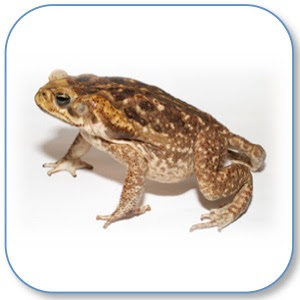When we were assembling the 10x Genomics linked read assemblies of several rock wallabies, one of them broke the lab record for Supernova assembly quality.
 10x linked reads are a bit of a dead technology now, but genomes made with them are still useful and generating insights. One example is the first rock wallaby we assembled, as a (very small) part of a team that used the draft 10x genome assembly for Petrogale penicillata as a reference to investigate chromosomal rearrangements, published online today in Molecular Biology and Evolution, one of my favourite journals.
10x linked reads are a bit of a dead technology now, but genomes made with them are still useful and generating insights. One example is the first rock wallaby we assembled, as a (very small) part of a team that used the draft 10x genome assembly for Petrogale penicillata as a reference to investigate chromosomal rearrangements, published online today in Molecular Biology and Evolution, one of my favourite journals.
Potter P, Bragg JG, Turakulov R, Eldridge MDB, Deakin J, Kirkpatrick M, Edwards RJ & Moritz C (2022): Limited introgression between rock-wallabies with extensive chromosomal rearrangements. Molecular Biology and Evolution 39(1):msab333 https://doi.org/10.1093/molbev/msab333
Abstract
Chromosome rearrangements can result in the rapid evolution of hybrid incompatibilities. Robertsonian fusions, particularly those with monobrachial homology, can drive reproductive isolation amongst recently diverged taxa. The recent radiation of rock-wallabies (genus Petrogale) is an important model to explore the role of Robertsonian fusions in speciation. Here, we pursue that goal using an extensive sampling of populations and genomes of Petrogale from north-eastern Australia. In contrast to previous assessments using mitochondrial DNA or nuclear microsatellite loci, genomic data are able to separate the most closely related species and to resolve their divergence histories. Both phylogenetic and population genetic analyses indicate introgression between two species that differ by a single Robertsonian fusion. Based on the available data, there is also evidence for introgression between two species which share complex chromosomal rearrangements. However, the remaining results show no consistent signature of introgression amongst species pairs and where evident, indicate generally low introgression overall. X-linked loci have elevated divergence compared with autosomal loci indicating a potential role for genic evolution to produce reproductive isolation in concert with chromosome change. Our results highlight the value of genome scale data in evaluating the role of Robertsonian fusions and structural variation in divergence, speciation, and patterns of molecular evolution.









